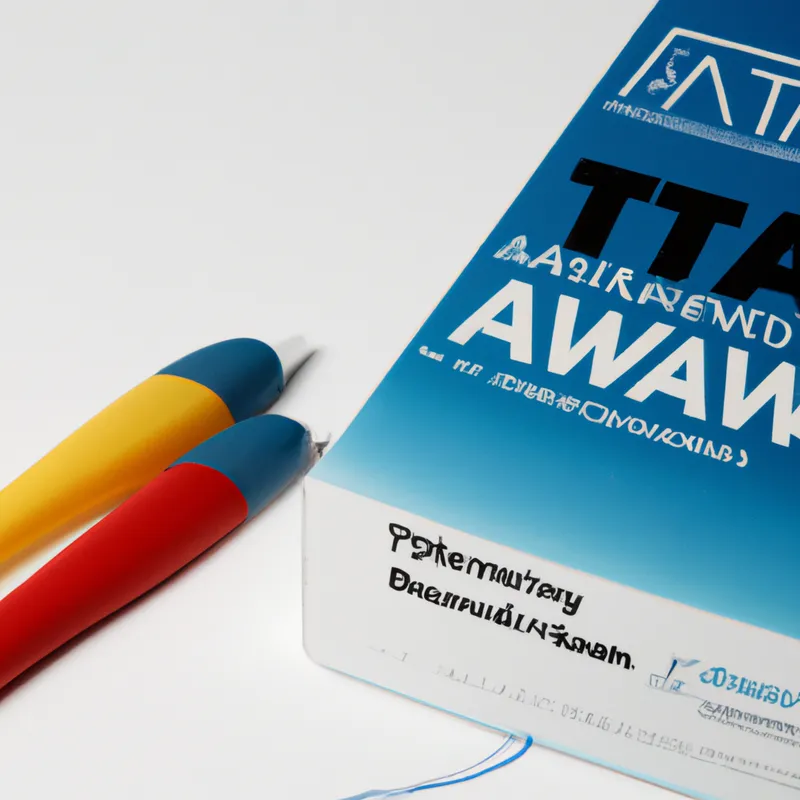Harness Altitude to Enhance Athletic Resilience
The Role of Altitude in Injury Prevention for Endurance Athletes
Endurance athletes seek ways to enhance performance and reduce injuries. Altitude often plays a crucial role in this process. Training at higher elevations significantly impacts the body, recovery, and injury prevention. This blog explores altitude’s effects on injury prevention, including physiological adaptations, risks, and best practices.
Understanding Altitude Training
Altitude training occurs at elevations above 2,500 meters (8,200 feet). At these heights, lower air pressure and decreased oxygen levels challenge the body. This reduction forces adaptations, such as increased red blood cell production and improved cardiovascular efficiency. Athletes can train harder and recover faster when returning to sea level.
Careful planning and preparation enhance altitude training. Understanding altitude’s effects helps athletes maximize training while minimizing injury risks.
Physiological Adaptations
Endurance athletes experience several physiological changes when training at high altitudes. Increased red blood cell production enhances the blood’s oxygen-carrying capacity. This adaptation improves performance at lower altitudes, providing a competitive edge.
Altitude training also boosts mitochondrial density within muscles. Mitochondria produce energy, and higher density allows better oxygen utilization. Athletes can maintain performance longer without fatigue. Additionally, improved capillary density enhances blood flow to working muscles, supporting endurance further.
Injury Risks at Altitude
Altitude training offers benefits but also presents risks. Athletes may face altitude sickness, dehydration, or overtraining, leading to injuries without proper management. Awareness of altitude-related symptoms is essential.
Altitude sickness can cause headaches, nausea, dizziness, and fatigue. If these symptoms appear, listen to your body and consider descending. The dry air at high elevations increases fluid loss, making dehydration a common risk. Dehydration can result in muscle cramps, impaired performance, and increased injury susceptibility.
Tips for Training at Altitude
To maximize altitude training benefits while minimizing injury risks, consider these tips:
Gradual Ascent
Gradually increase your altitude. Spend a few days at moderate elevations before climbing higher. This approach allows your body to adapt slowly, reducing altitude sickness and injury risks. For instance, if aiming for 3,000 meters, spend time at 2,500 meters first to acclimatize.
Hydration is Key
Stay hydrated during training.
Conclusion
Altitude training improves performance while helping prevent injuries. Proper understanding and management can maximize benefits.
Below are related products based on this post:
FAQ
What is altitude training and how does it benefit endurance athletes?
Altitude training occurs at elevations above 2,500 meters (8,200 feet) and involves training in lower air pressure and decreased oxygen levels. This environment forces the body to adapt by increasing red blood cell production and improving cardiovascular efficiency, which enhances performance at lower altitudes and aids in faster recovery.
What are the risks associated with altitude training?
While altitude training provides benefits, it also comes with risks such as altitude sickness, dehydration, and overtraining. Symptoms of altitude sickness include headaches, nausea, dizziness, and fatigue. It’s crucial for athletes to recognize these signs and manage their training appropriately to avoid injuries.
What strategies can athletes use to minimize injury risks during altitude training?
To minimize injury risks, athletes should gradually ascend to higher altitudes, allowing their bodies to acclimatize slowly. Additionally, staying well-hydrated is essential, as dehydration is a common risk at high elevations and can lead to muscle cramps and impaired performance.















Post Comment